My brother and two sisters and I worked on a small version of a dragon ship, which we made out of cardboard. After painting and construction, we used a glue gun and a lot of wax to make sure the boat would float. The four of us then made round shields to line the gunwales of the boat, as was typical of Viking ships. We each had three shields to work with. Some shields were decorative, but others depicted elements of our father’s life and our relationship with him.
On another shield, you can see the truck and camper in which we traveled with our parents throughout the West. I describe those days in this blog. You can also see a rainbow trout being caught on a copper fishing line with an old antique winder, our father’s favorite way to troll for “the big ones on the bottom.” Finally, after all our fun, we were ready. We traveled to Fish Lake in central Utah, where our family loved to visit and fish. We rented an aluminum boat with outboard motor, loaded up the dragon ship and some snacks, and set out for the middle of the lake. My brother’s wife and their little dog came with us. When the time came, we loaded Dad’s ashes into the small Viking ship, set it in the water, and lit it on fire. Away it went, a fitting funeral for an old warrior. Only . . . it would not sink.
I guess we had been overly zealous with the wax and glue gun. The boat burned to the waterline and then kept floating. We tried driving past it really fast, several times, hoping the wake from our boat would swamp it. No joy. We eventually had to use an oar to tip it over, and Dad’s ashes poured out into the lake. But the Viking ship still would not sink! We didn’t want to leave it floating in the lake like litter, so we fished out what was left and took it back to shore with us. We found a dumpster not far from the boat rental, and that’s where the ship’s remains were put to rest. Although Dad’s sendoff may not have been perfect, we kids were grateful to be able to come together and recall a few of the happy parts of our early lives, especially times spent at Fish Lake. I’ll always remember the sight of that pale green cloud of father’s ashes, drifting slowly downward through the clear water.
5 Comments
It’s a good idea to have backup funds—cash that you can get to relatively quickly for emergencies. If you keep cash in checking or savings accounts, or even high-yield savings accounts, the interest you’re earning is rising at the moment, but it’s not equal to inflation. Even CDs with long terms are losing out against inflation. T-bills are, too, but not by as much right now. Treasury bills, or T-bills, are a short-term government debt obligation backed by the U.S. Treasury. These bills can be purchased for a small investment—from a minimum of $100. You need no broker; you can buy T-bills from the government at TreasuryDirect.gov. You purchase a T-bill at price that is discounted from its maturity value. For example, you might buy a $1,000 T-bill for $970. When the bill reaches maturity, you would receive the full face value of $1000, a gain of 3%. That’s treated as interest for tax purposes, but only at the federal level. T-bill interest is exempt from taxation at the state and local levels. You can also buy T-bills from banks and other institutions, but you’ll likely pay a commission or transaction fee. That comes out of the maturity value, which means lower earnings for you. T-bills have varying maturity dates: 4 weeks, 8 weeks, 13 weeks, 17 weeks, 26 weeks, and 52 weeks. (Not all of these options are available at a given “auction” date.) As you can see, these short spans mean a lot of flexibility compared to a CD, for example. The interest does not land in your account until you sell at the maturity date. It is not accruing or compounding. You should not sell a T-bill until maturity; if you do, you could take a loss on the investment—not only losing interest, but possibly some principal as well. At the moment, T-bills can be a good place to park some of your cash and earn a little bit more. The reason is that when inflation is rising, the price of T-bills rises too, and a little bit faster than the bank offerings do. Here are some examples of recent interest rates:
TreasuryDirect.gov has a lot of information about not only T-bills, but also government notes and bonds. Notes are medium-term investments, and bonds are long-term investments. For cash that you might need sooner rather than later, T-bills are best. People are flocking to bills, notes, and bonds at present, so the TreasuryDirect.gov website has been overloaded. It’s best to try during non-business hours. For Further Exploration
“Erin Talks Money” is a YouTube channel with a focus on finance. This video deals specifically with T-bills. Erin is not a certified financial adviser, but her information is fairly well researched. Vertebrates are animals with hard internal skeletons—and specifically, backbones. The backbone or spine is a series of bony vertebrae that protect the spinal cord and the nerves that branch from it. Vertebrates include bony fishes, all amphibians and reptiles, birds, and mammals. Sharks and their relatives are vertebrates too, but their skeletons are composed of cartilage instead of bone.
This first view is from the end that points toward the head. The back of the neck would be on top, and the front of the neck on the bottom. The opening in the middle is where the spinal cord passes through, and the smaller openings on each side are for spinal nerves. The rounded, triangular knob is part of the top intervertebral joint of the vertebral body, the part which supports the most weight. The two smooth flat areas on each side above the knob make up part of the facet joints that also connect the vertebrae.
Something unexpected happened when I set the vertebra down on its tail end. I found that it had a surprise—one that was hiding in plain sight until this moment. The bony structure was the same as it had always been, but here was something new. Do you see it? “Numinous” is an older word, and uncommon now. It refers to something that is spiritually elevated, supernatural, incapable of being described or understood; mysterious. It’s from “numen,” a Latin word, meaning a presiding divinity or the spirit of a place. Numen may also mean creative energy or genius.
Do I believe there is literally an “angel” in this vertebra? No—but I do think my seeing an angel in this shape is no accident. Human brains and minds have also been molded by function—and culture—for tens of thousands if not millions of years. This “angel” is an example of a different level of meaning residing in common objects. It’s numinous. P.S. If you saw something other than an angel, no problem. Whatever you saw is right. An old black-and-white photo, taken sometime around the early 1930s, shows my father as a young man, standing with his uncle outside a weathered wooden wagon. He is smiling his crooked smile and wearing, fantastically, a Spanish-style hat with a fringe of balls hanging around the wide brim. That summer, he and his uncle herded sheep on the sagebrush range near the Utah/Idaho border. As the herd wandered over the land, so did they, driving the horse-drawn wagon that had been fashioned into a house on wheels, in which they carried supplies and possibly slept during bad weather.
He was standing on the four-foot by two-foot kitchen floor—the only floor we had—sharing it with my mother, who was preparing a fried trout and canned potatoes dinner for five. She worked over a small propane range next to a foot-square sink with a foot-square counter. Mom and dad were not tall people, and that was good, because the ceiling height was only six and a half feet; but they were not really thin, either. Dad unbuttoned and slid his coat off without raising his arms, letting it drop down off his back and catching the collar as it reached his hands. He and mom then shifted places, brushing past each other in an unconscious T’ai Chi‒like move, so he could open the tiny closet door opposite the cooking area and hang his coat inside. The dining area where I sat consisted of the table in the center and tan, vinyl-covered foam seats on each side. Windows behind the seats were draped with cheap curtains of a stretchy, nubbly fabric, white with cheerful brown and yellow flowers, a wavy sewn border on the bottom in orange and brown ric-rac. The curtains always smelled of cooking, and the window screens had the dusty smell that rain sometimes has in summer. Clever storage spaces, drawers, and cupboards had been built into every available nook, and into them we stuffed all the things we needed for our summer excursions—canned and packaged foods above the sink and stove; clothing, shoes, and boots in the closet and adjacent cupboards; cooking utensils in kitchen drawers; books and games wherever they would fit; and tools and items not frequently needed in spaces under seats.
While traveling, we kids rode inside the camper, usually in the low-ceilinged part that extended above the truck cab. The space was deep enough that we could lie flat on our stomachs with our feet hanging over the table. We watched through the wide front window as the road unfolded through cool green canyons or rolled straight and monotonous over yellow-gray badlands. We held on to each other in semi-faked fear on steep mountain roads. We dozed and dreamed traveling dreams.
After our baby sister was born, our parents brought along a drawer from one of the chests of drawers at home, which my mother made into a snug bed that sat on the kitchen floor at night. The best times came in good weather, which we spent outdoors fishing or exploring during the day, and safe inside at night. Our camper was not like today’s big RVs; we could drive and camp anywhere a pickup truck could go.
In the worst times, rain or cold kept us all in the camper together. Life became like a number puzzle—one of those plastic puzzles with sliding square numbers inside. To get to anything, or to move to a different space, everything and everyone had to shift around through the one empty square, which was usually the kitchen floor. Our parents played cards, and sometimes we joined them. Hand-held electronics and the internet did not exist; we kids escaped into dozens of books and comics and drew picture stories. We had as much space to ourselves as you might in your average coffin. We breathed each other’s air, bumped into each other, went stir crazy, became frantic with my dad’s whistling under his breath. We tried not to have arguments and frequently failed. If things got too bad, someone might stomp out of the camper to sit in the truck cab, alone for a while in a smaller but more private space.
This was our paradox: free to visit remote, natural places—to float on lakes surrounded by sagebrush banks, forested hills, or redrock cliffs, to hike along streams in aspen-covered valleys—we returned every night to a one-room communal box. Cave dwellers with a carry-along cave—isn’t this the story of all nomads?
But we weren’t real nomads. It was all right for a couple of weeks to cook in a corner, try to bathe in a basin, and live on top of one another—but it wasn’t our real existence. Although we loved our summer life of fishing and roaming, three weeks at one stretch was about the most any of us could stand. This was not “vanlife” as it’s now practiced. The rest of the year we lived in the largest city in the state, in a five-bedroom house with all the conveniences, including a deep freezer for the fish. I wonder what the difference was between us and the tourists we disdained. Was it that we caught and ate trout? Or was it a false distinction, a matter only of degree? I want to remember our summers as pristine outdoor experiences—and yet I’m pretty sure that had we been backpackers or tent campers, we would have looked down on the truck-and-camper folks. Had we been ranchers, like dad’s uncle, we might have been amused, if not irritated, watching city people trudging around the country every summer “on vacation,” regardless of their choice of gear. As far as I know, one summer on the range herding sheep had been enough for my young father-to-be. He went back home after that, to work city jobs and eventually finish high school. His uncle cared for sheep all year round. For Further Exploration Nancy Weidel, Sheepwagon: Home on the Range. Glendo, WY: High Plains Press, 2001. This appears to be the definitive work on the sheepwagon and its use in the West. Click to link to press. My previous post was in praise of carbon, that versatile element—wonderful, flexible carbon, which came from an exploding star. Ninety-four elements came from that star, and among them was oxygen. Oxygen is highly reactive—it quickly combines with other elements to form compounds called oxides, such as carbon dioxide (CO2). You can see this reaction taking place anytime you have a fire. During the first couple of billion years of the Earth’s existence, oxygen was pretty much tied up in oxides all the time. Any free oxygen, or O2, would quickly combine with other elements. Earth’s atmosphere is thought to have been mostly carbon dioxide, methane, and water. Around 3 billion years ago, a variety of life forms began to appear in the shallow oceans that covered Earth. We know very little about them, because they barely even made fossils. We know only what scientists can infer from microfossils, from presumed modern descendants, and from the mineral composition of deposits laid down way back then, when they can be found.
It’s thought that free oxygen wiped out a vast number of life forms globally. This was a slow-motion extinction compared to the asteroid impact that killed the dinosaurs, but it was still disastrous for life at that time. Because there is so little direct evidence, scientists don’t technically consider it a “mass extinction.” The life forms that survived were able to detoxify oxygen, and even used it to power biochemical processes. As time went on, some of these cells engulfed the early cyanobacteria. Instead of being broken down for energy, some cyanobacteria continued to live inside an engulfing cell—a process termed endosymbiosis that eventually led to the rise of true plants. Chloroplasts are descendants of those ancient cyanobacteria. Plants not only produce oxygen; they also consume carbon dioxide. On land, large forests are particularly good at this. Reforestation and preservation of existing forests could help offset carbon dioxide produced from burning fossil fuels.
With proper strategies, the rise in atmospheric CO2 and the resulting greenhouse effect and climate change could be slowed or stopped. If we do nothing, who knows? Depending on how severe climate change gets, recovery could take a few hundred million years, more or less—but the Earth has plenty of time. For Further Exploration
[The articles listed below are somewhat technical. Wikipedia actually contains some fairly solid, basic information on the Great Oxidation Event.] Robert E. Blankenship, “Early Evolution of Photosynthesis.” Plant Physiology, 2010 Oct; 154(2): 434–438. Click here. Roger Buick, “When did oxygenic photosynthesis evolve?” Philosophical Transactions of the Royal Society B: Biological Sciences, 2008 Aug 27; 363(1504): 2731–2743. Click here. Michael W. Gray and Keith G. Kozminski, “Lynn Margulis and the endosymbiont hypothesis: 50 years later.” Mol Biol Cell. 2017 May 15; 28(10): 1285–1287. [This gives a summary of endosymbiosis as described by Lynn Margulis.] Click here. Katharine Rooney, “These tiny plants and giant animals are helping to store vast amounts of CO2 in our oceans.” World Economic Forum, May 19, 2021. [This is a mostly non-technical article that talks about diatoms, but also about whales.] Click here. |
Categories
All
Archives
January 2024
|

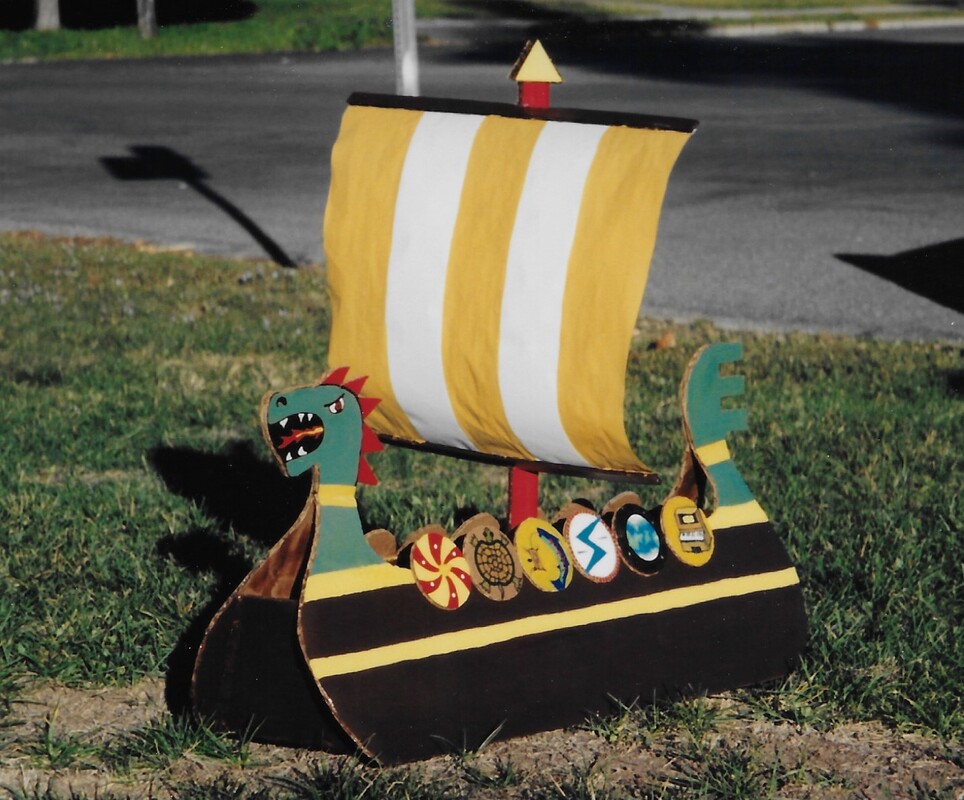
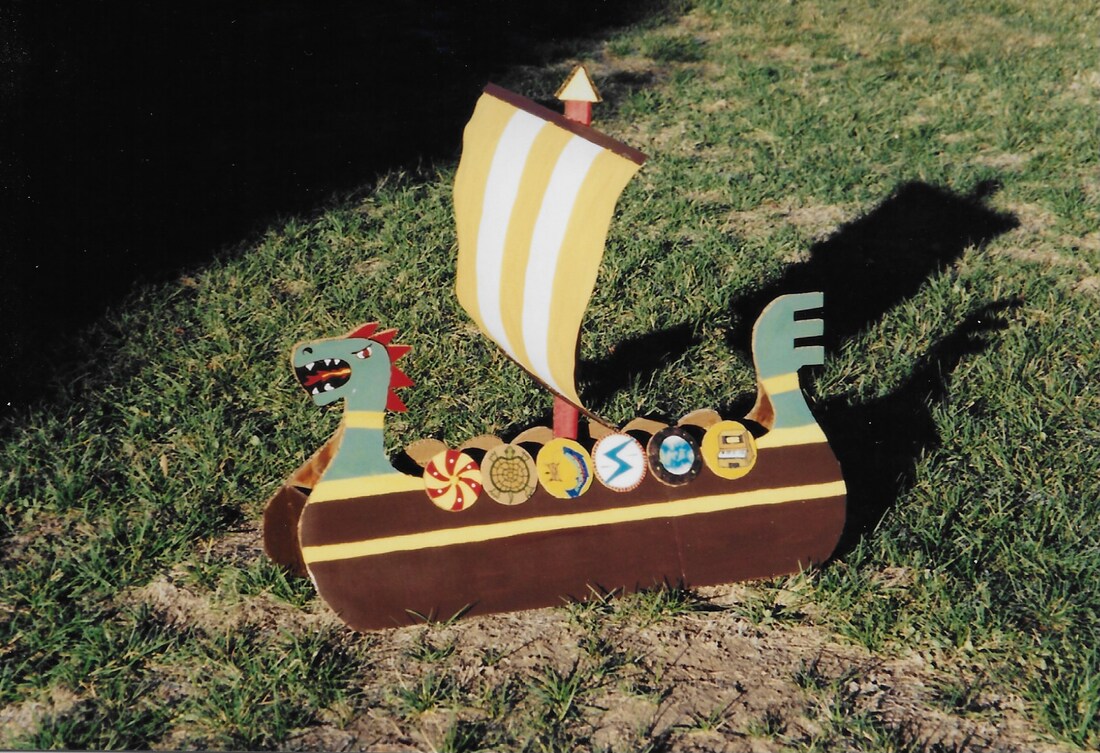
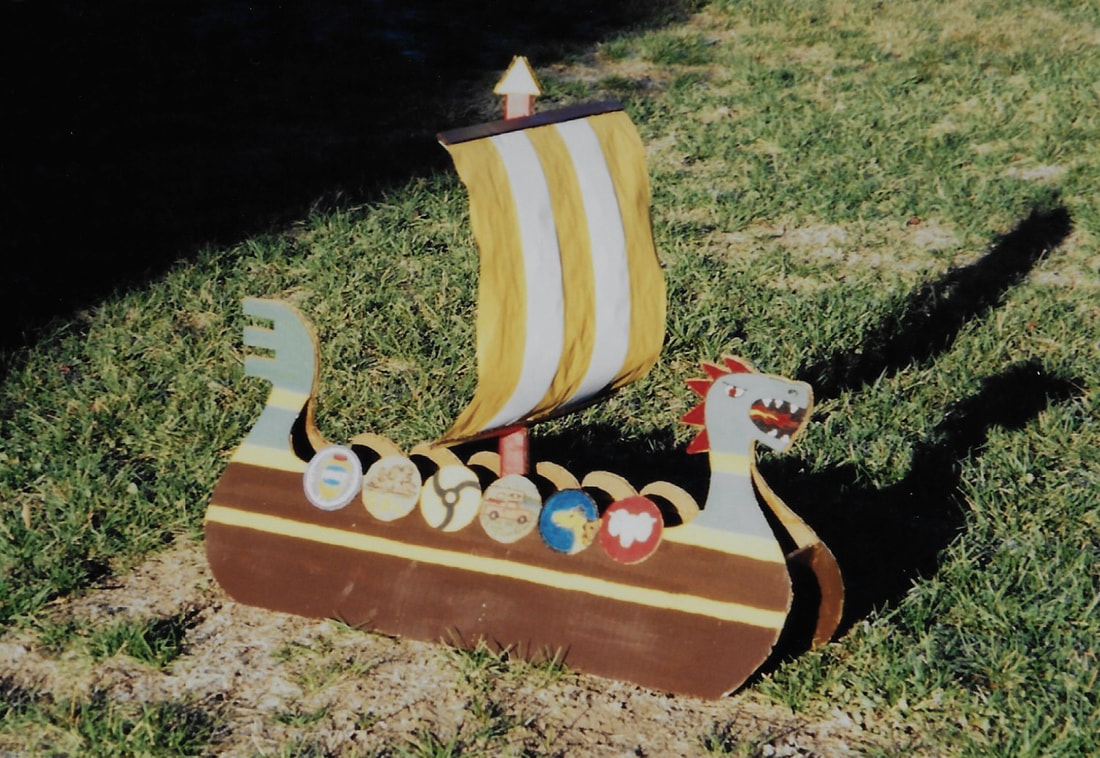
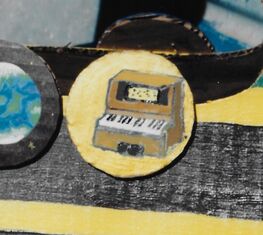
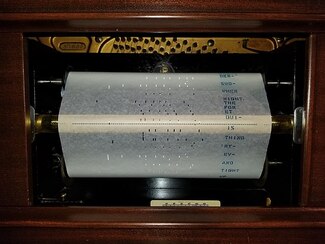
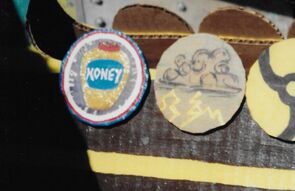
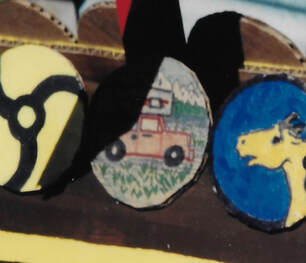
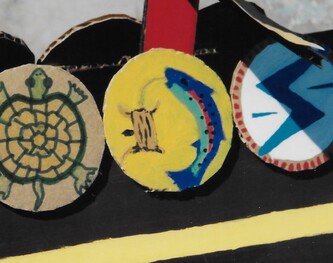
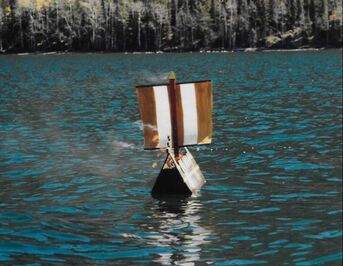
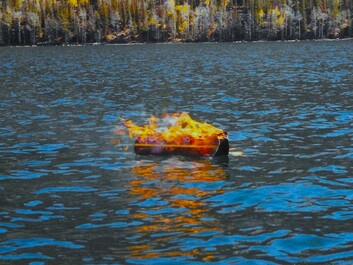


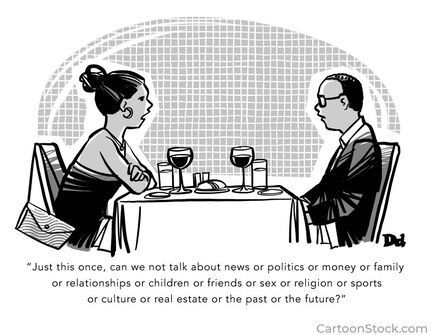
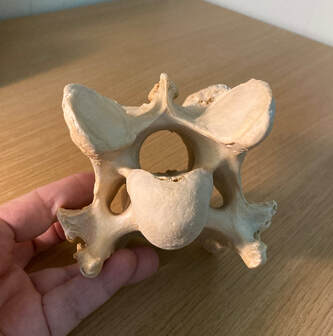
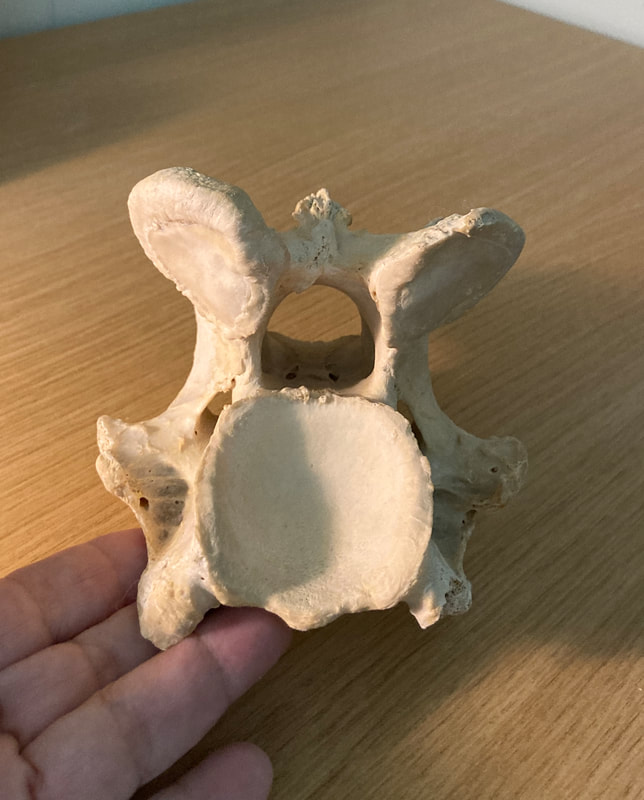
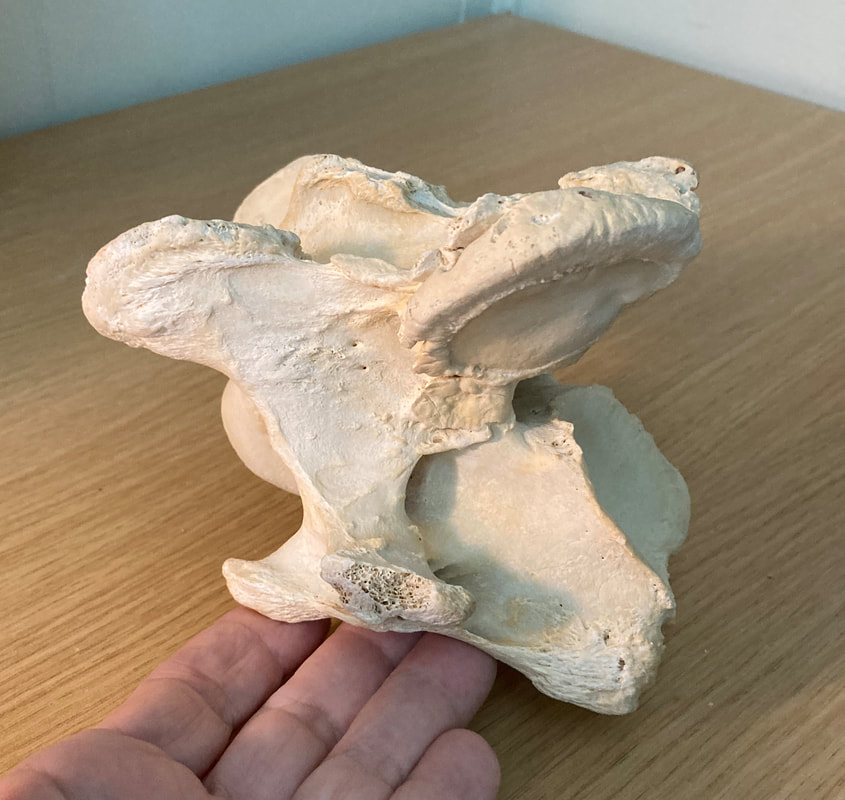
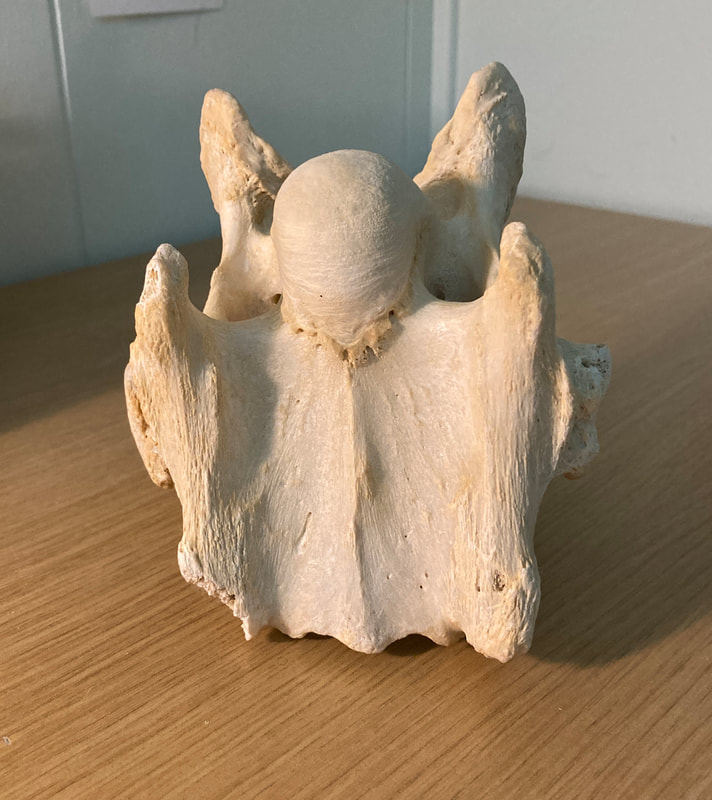
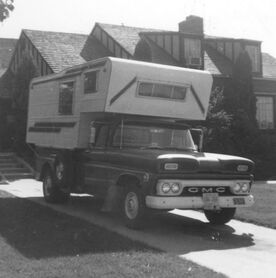
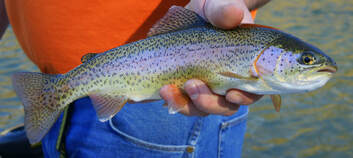
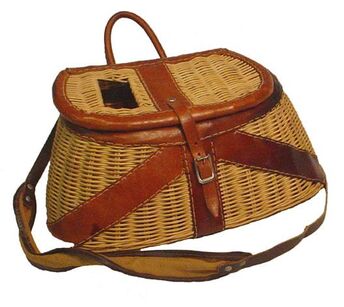
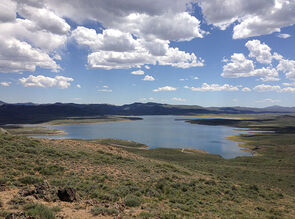
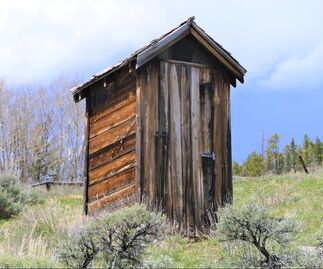
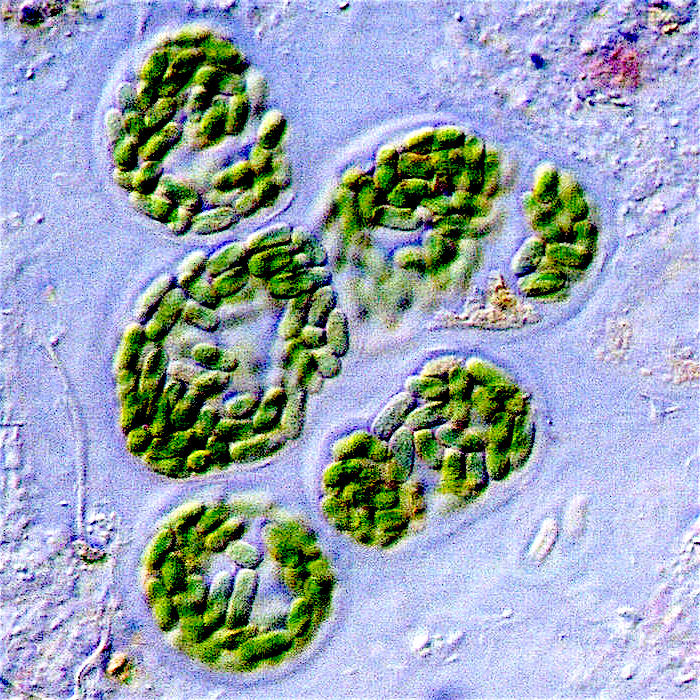
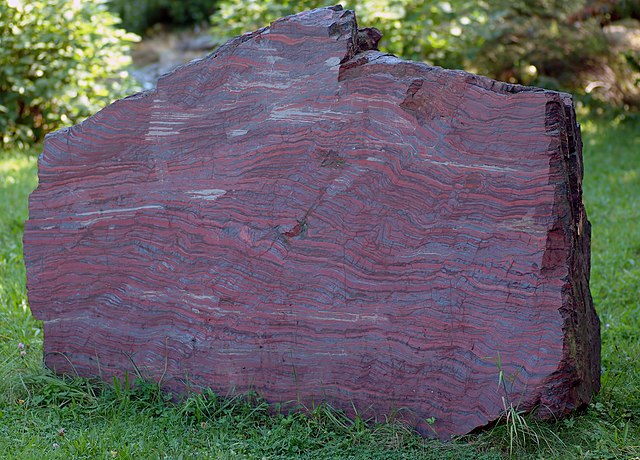
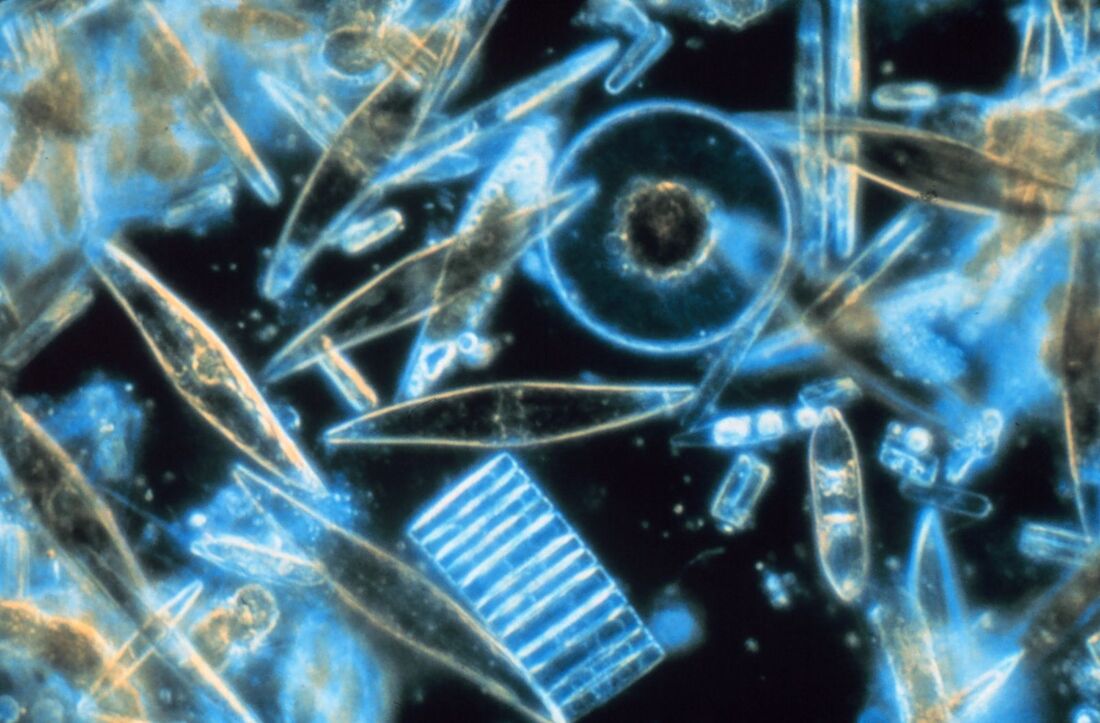
 RSS Feed
RSS Feed